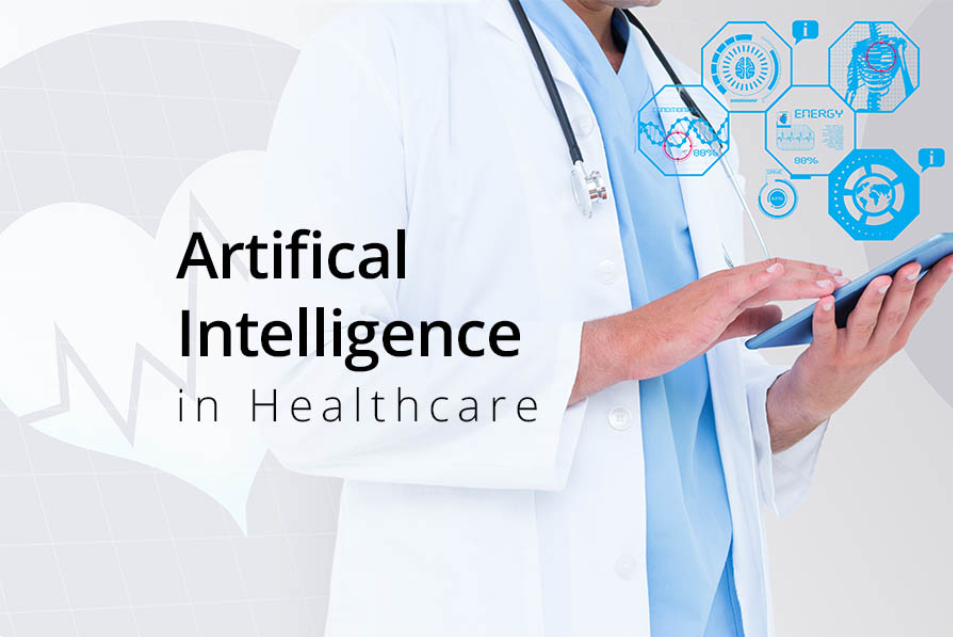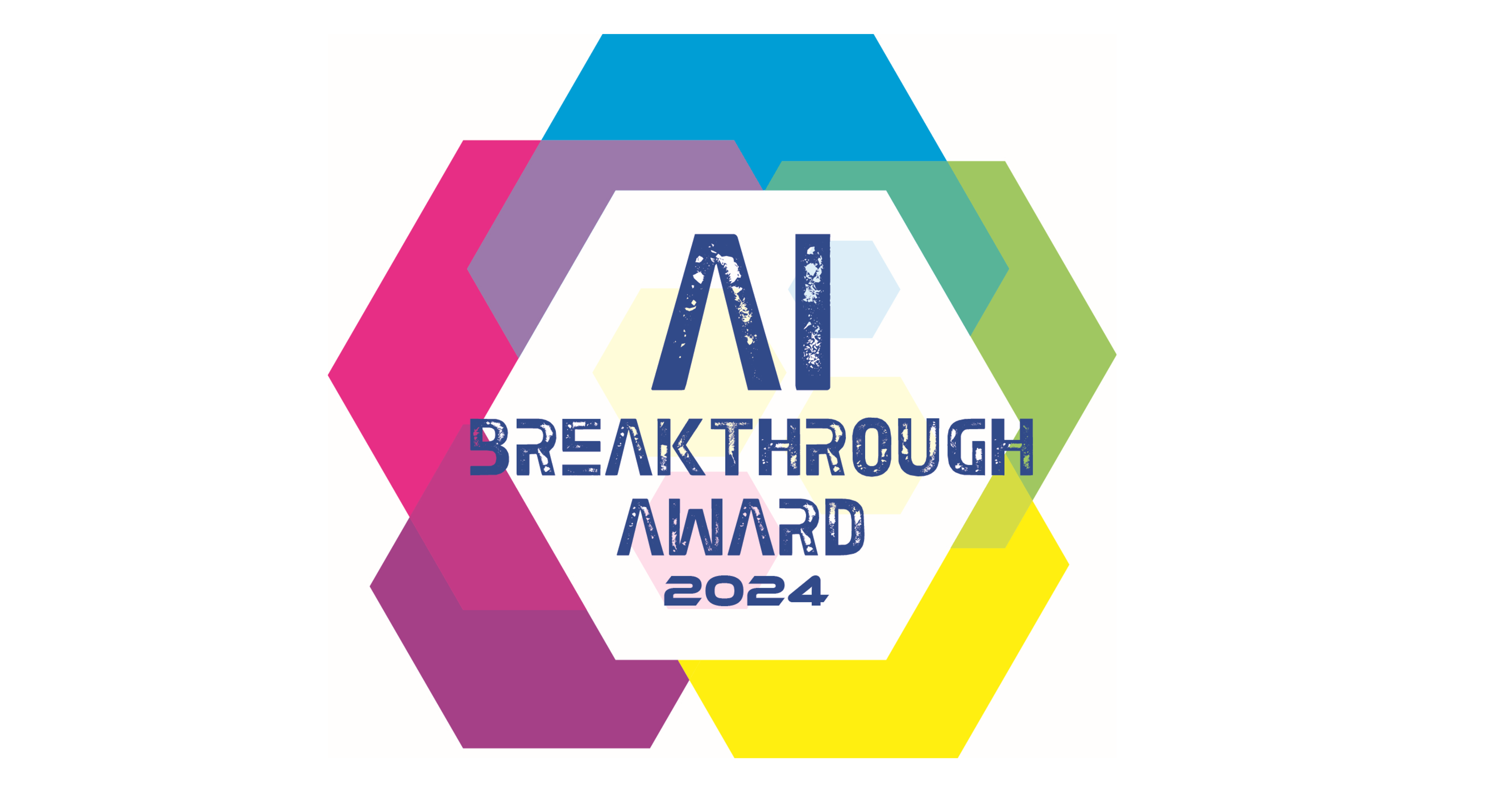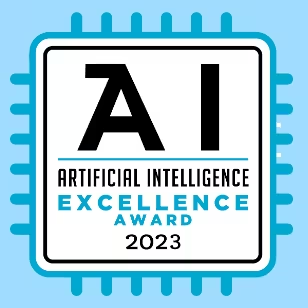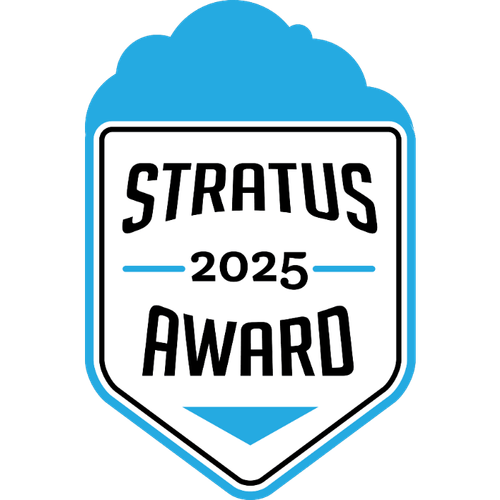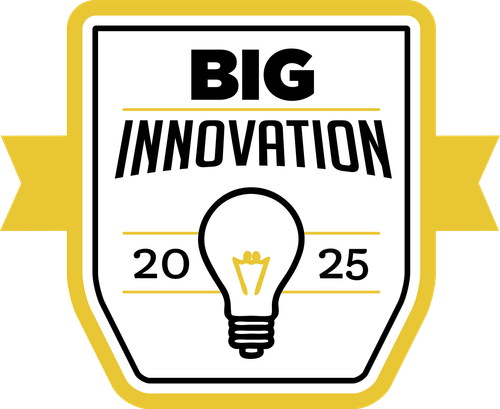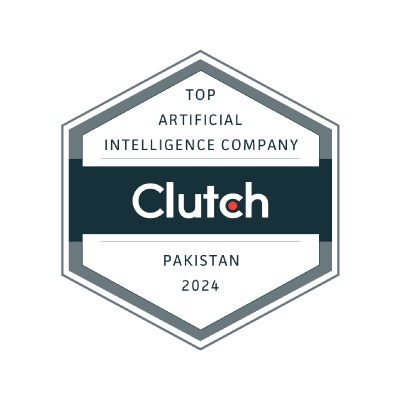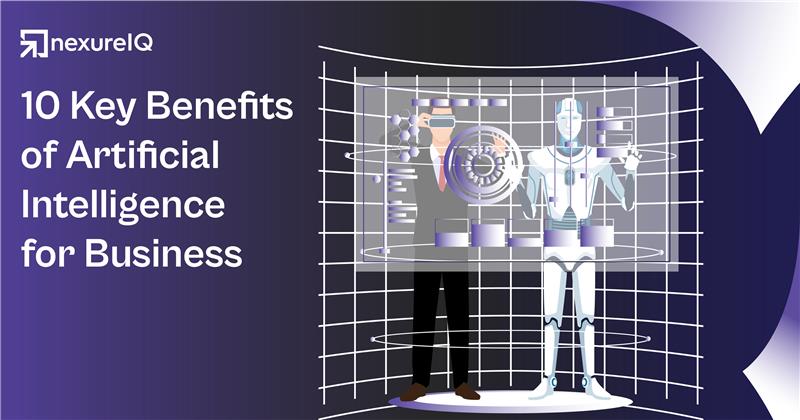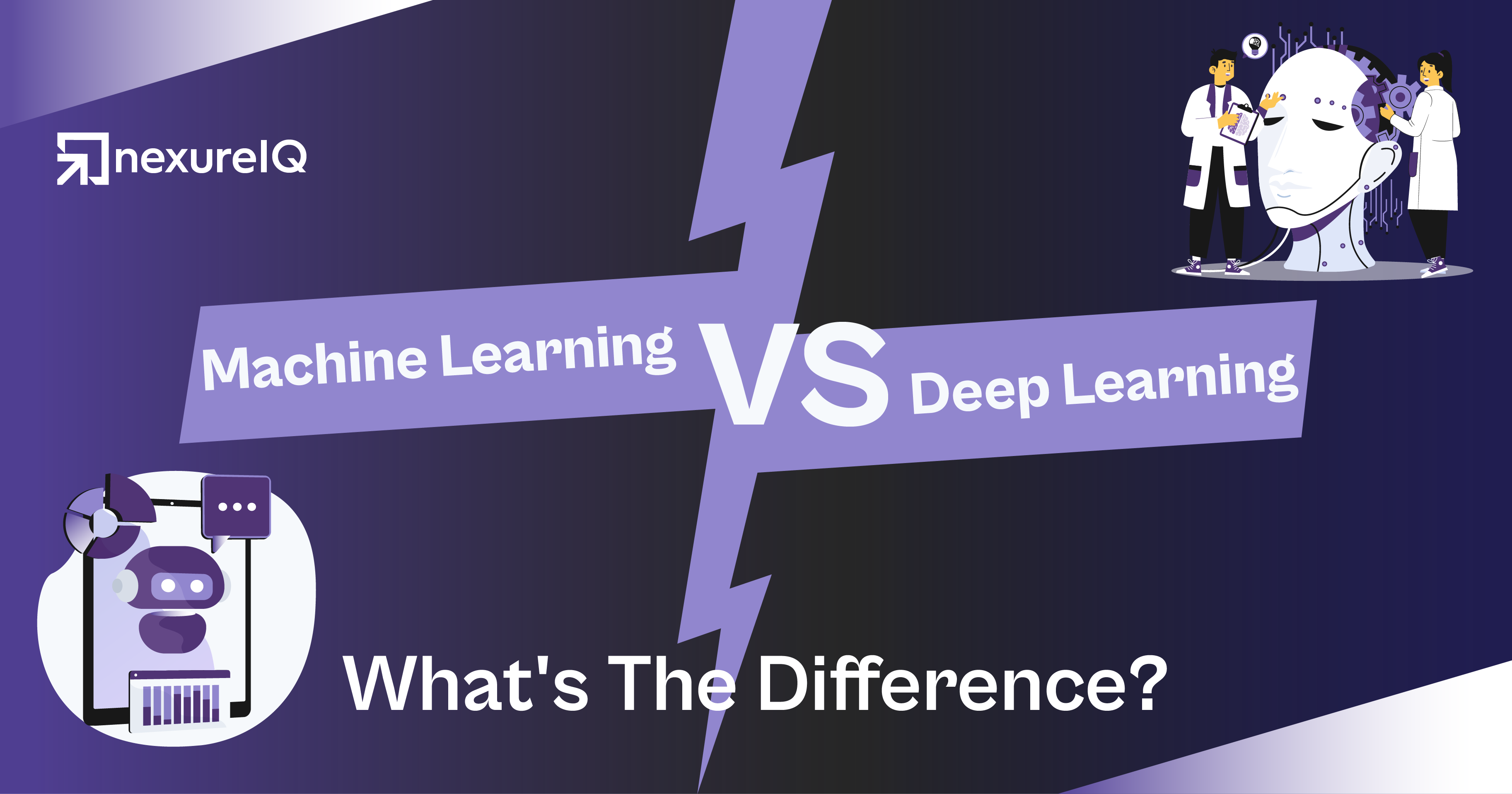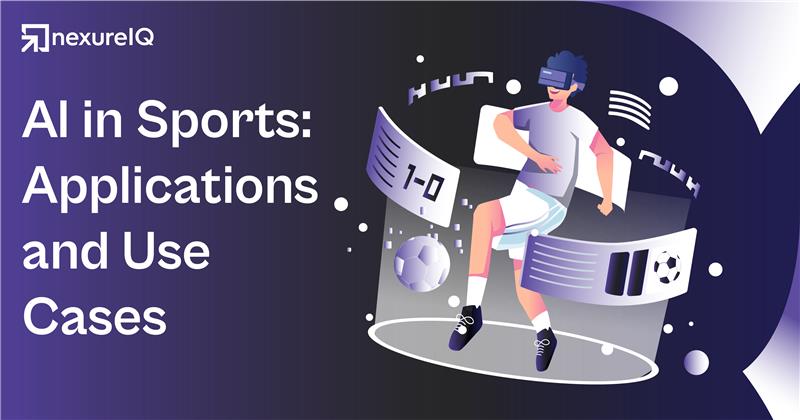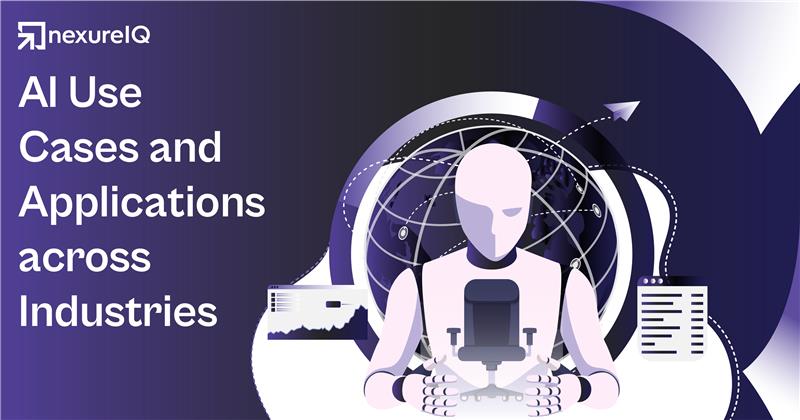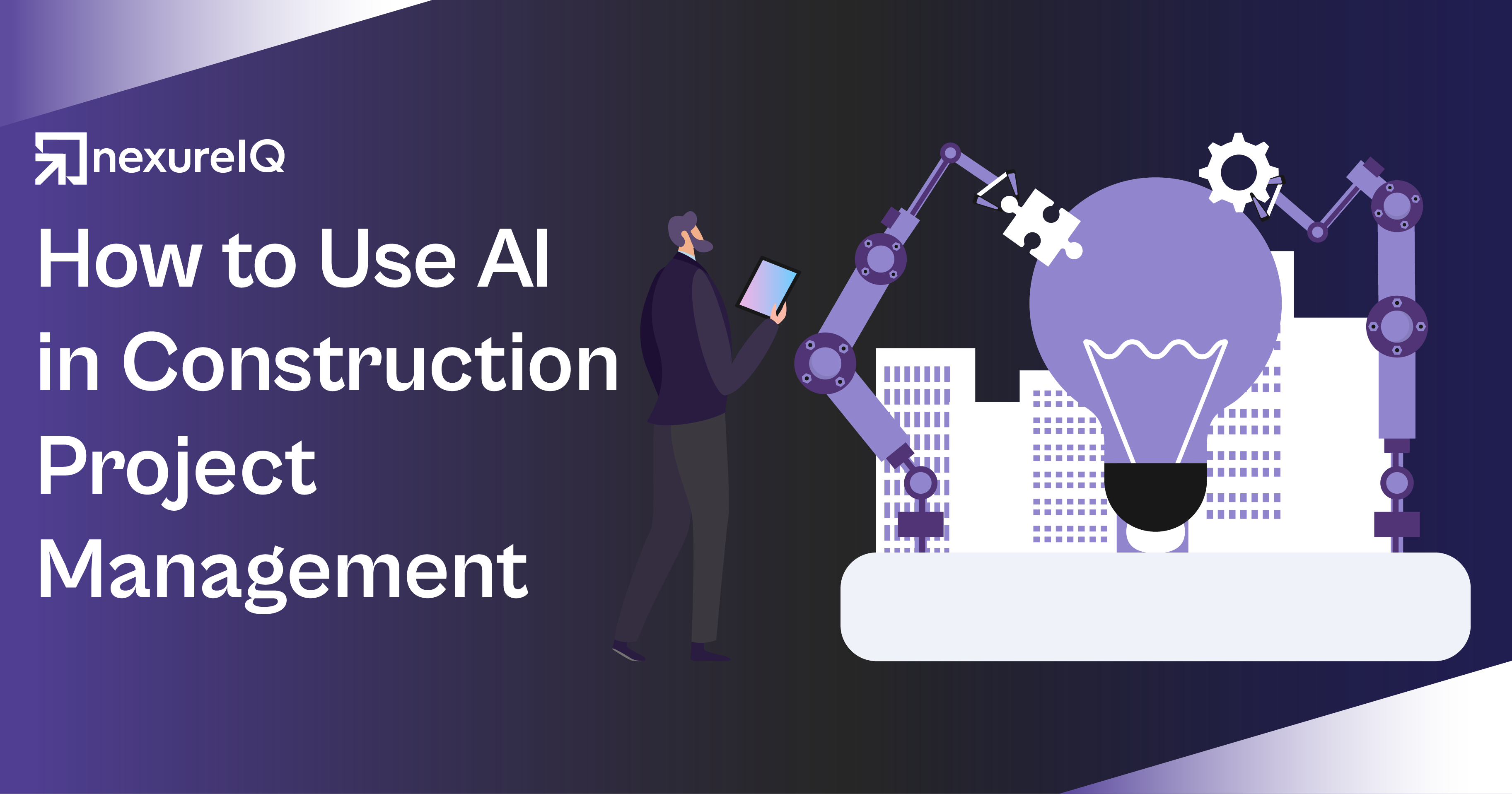Nowadays, doctors currently devote more time to typing patient records instead of delivering medical care to their patients. Sounds like a lengthy process, right?
Medical studies show that physicians spend their time documenting medical activities, which amounts to one-third longer duration than their patient treatment responsibilities. According to the Annals of Internal Medicine, research shows doctors handle around 16 minutes each for entering notes into electronic health records (EHRs) for every patient encounter. Moreover, medical staff experience burnout and delayed care as well as healthcare system waste from excessive administrative responsibilities.
The elimination of this burden seems possible when AI in medical transcription becomes a part of healthcare operations.
Medical care documentation underwent major changes after AI-based medical transcription software entered the healthcare field. Through AI, physicians can record their clinical notes, which immediately become a complete transcription added to their electronic health records system. The result? Medical practitioners experience both accelerated documentation processes and superior accuracy while having increased availability for patient care. In this blog, we will examine how AI medical transcription software affects the healthcare industry, professional AI development services.
Let Evaluate the Technology Behind Ai in medical transcription
Medical transcription pencils through artificial intelligence use multiple advanced technologies to make the process accurate and efficient. Some key technologies include:
- Natural Language Processing (NLP) functions enable the AI system to analyze both medical words and human speech patterns and linguistic elements during processing.
- AI systems achieve better understanding of past recordings because of learning capabilities and this results in improved precision while identifying specific accents and medical words.
- The implementation of voice recognition software allows live speech-to-text conversions, which decreases the necessary time for transcription tasks.
- AI achieves quality-limited medical transcription results through deep learning mechanisms that detect sets of data patterns to enhance relevant information comprehension.
Multipurpose technological fusion enables AI transcription to function rapidly with precision so healthcare professionals maintain extended periods of direct care for their patients.
AI Medical Transcription Software Development- Steps to Follow
Developing an AI medical transcribing software system feels complex initially but developing it becomes more achievable with a proper approach and expert guidance. The following instructions provide a structured method to create precise, efficient solutions.
Step 1: Analysis and Planning
Planning serves as the first crucial step to build AI-based medical transcribing software. Creating priorities with basic questions should be established during this critical stage of development.
List all the problems that your solution aims to solve.
What aspects distinguish your AI-based transcription system from existing tools currently available to users? Your software development needs to include what vital components will improve medical professional support.
Nexure IQ provides assistance in conducting market research and trend analysis that leads to transforming your concept into an operational plan. Organizational planning becomes more straightforward because of this effort, which enables confident progress toward the subsequent development phase.
Step 2: Develop AI Transcription Software with Skilled Developers
An experienced team must build software systems based on AI technology. The use of a reliable AI software development company provides you access to a qualified team of developers who specialize in healthcare IT solutions and artificial intelligence specialists.
Step 3: AI Model Design and Training
Your plan for launching a medical tech startup begins to take its real form. AI-based medical documentation software development needs extensive training on a large body of medical data. Here’s where to begin:
- Before development can start, you need to acquire audio documentation from medical scenarios according to all necessary consent requirements and regulatory standards.
- The developers will provide training to the AI model for medical language identification and speech pattern variation detection along with diverse accent understanding capabilities.
- People who want cost-effective AI-powered medical transcription software development should consider Minimum Viable Product.
Step 4: Thorough Testing and Implementation
Test your healthcare transcribing software through thorough evaluation after development to verify its operation and regulatory compliance with HL7 standards together with GDPR in the UK and HIPAA in the USA. QA specialists must validate these demanded features that should have been included during planning.
Implement the artificial intelligence transcription software when QA assesses that functionality meets requirements and compliances. Doctors can start using the program as an internal system at this moment. The release of your commercial product must take place to the target audience.
Step 5: Post-deployment Assistance and Enhancement
The ultimate goal of medical transcribing software development using AI does not center around AI usage. The start of an ongoing process enables your product to stay relevant as healthcare evolves.
The new advancement in the Medical Transcription
- The field of medical transcription has progressed substantially through numerous decades of its historical development.
- Before, medical copiers wrote notes down after both secretaries and medical writers finished their transcription work. The procedure took too long to finish while showing various possible transcription errors.
- Digital dictation introduced doctors to record their work notes through devices that computer experts transcribed into final texts. Despite the increased efficiency of the system, this advancement maintained its human worker-dependent operation model.
- Early speech recognition systems lacked successful medical vocabulary recognition and proper verbalized speech processing, although they could convert speech to text.
- The AI-based technology has transformed medico-technical file transcription by offering instantaneous, correct medical terminology texts and minimal human involvement in data handling.
How AI Is Transforming Medical Transcription
Medical transcription benefits substantially from the incorporation of artificial intelligence technology through various important advantages.
1. Enhanced Accuracy and Speed
Standard transcription methods cause humans to make errors during medical terminology transcription tasks. Operations conducted by artificial intelligence applications integrated with NLP technology through machine learning algorithms reach accuracy levels at 99%. Continuous learning functions allow the automatic system to adapt to various medical terms while recognizing particular speech patterns that result in precise documentation outcomes.
Healthcare providers generate longer medical records with quicker speed through AI transcription technology than human transcriptionists ever could.
2. Real-Time Transcription
Real-time consultation transcription from AI medical transcription software enables health providers to produce instant documents. The real-time transcription mechanism plays vital roles in active medical centers by expediting operations and enhancing business functionality. The quick documentation procedure is enabled by AI transcription because doctors can convert their patient documentation into automatic transcripts for inspection within a short period through dictation.
3. Integration with EHR Systems
AI transcription systems integrate with EHR systems to enable automatic record population of patient data through error-free operations. Through this system, patient information automatically stays updated while supplying all healthcare platforms with simple access to this data.
A software system trains itself to understand medical language and individual speech patterns from practitioners and thus enhances record accuracy in documentation.
4. Cost Reduction
A healthcare organization can achieve substantial financial savings through the implementation of AI transcription solutions. Healthcare facilities achieve resource efficiency by removing both existing hospital transcription staff and external transcription companies from their operations. Hospitals that use AI transcription within their workflow do not need to pay permanent transcription staff wages while also eliminating outsourcing expenses and can keep detailed healthcare documents.
4. Improved Patient-Doctor Interaction
When AI handles medical documentation, personnel can provide complete focus on patient interactions because they no longer need to document face-to-face sessions. Healthcare facilities deliver enhanced medical service and individualized care because patients benefit from AI-powered voice assistants that improve their patient experience.
The Role of AI Development Services in Medical Transcription
AI medical transcription software development requires expert professionals to create its sophisticated systems through its developmental process. The delivery of healthcare transformation services depends on AI development companies to achieve their goals.
- Custom AI Solutions
The development of specialized medical transcription solutions happens through artificial intelligence developers who implement medical vocabulary understanding and optimize the medical field workload. Healthcare providers can find operational matches within their practice needs through software applications with customized solutions.
- Generative AI in Medical Transcription
These services enable the growth of AI boundaries because they create models that achieve transcription tasks while generating summaries and analyzing medical notes. The system extracts relevant information to identify crucial parameters, which generates diagnosis possibilities by analyzing transcription outcomes.
GPTBots enables healthcare facilities to obtain a basic and extensible medical transcription solution that simplifies their medical transcript analysis tasks.
- Continuous Learning and Improvement
The built-in features in computing systems enable systems to transform themselves automatically over time. Through machine learning methods combined with human feedback, the tools improve their performance and acquire new medical language while they shift according to present medical practice standards. The transcription software learns dynamically, which maintains its reliability level throughout.
AI Development Companies Leading the Way
- Multiple healthcare organizations lead the way in applying artificial intelligence to medical transcription operations.
- Abridge received $250 million to advance its artificial intelligence system, which produces automated clinical notes for medical staff.
- The practice management platform Splose serves more than 15,000 customers while providing both AI-based and automated tools to schedule follow-ups and automate practice note transcription across multiple countries.
FAQs
1. How much does AI medical transcription software cost?
The development costs of AI medical transcription software along with location factors and other elements, usually stretch between $30,000 and $250,000. The solution lies in external healthcare software need fulfillment through experts at ATI which lets you maintain costs and deliver quality service.
2. Is AI medical transcription software HIPAA-compliant?
Yes. The available AI medical transcription software solutions exist as HIPAA-compliant medical transcription software options. The implementation of modern advancements together with regulatory compliance leads to full patient data security along with complete compliance.
3. What is the future of AI in medical transcription?
Medical transcription powered by AI technology exists in present times. Healthcare professionals dedicate more time to patient care since new tools and technologies in the healthcare field rely heavily on automated medical transcription for accuracy and real-time documentation with increased efficiency.
4. Can I use AI for medical transcription?
Artificial intelligence enables the transformation of medically dictated content into written text. The conversion of medical dictations into written text happens automatically through AI-enabled systems. AI-based solutions create conditions for more precise medical documentation and improved documentation results.
To Wrap Up!
The medical field is receiving a transformative change through AI-enabled medical transcription, which streamlines administrative work while boosting operational effectiveness and bettering treatment quality. AI development companies, together with medical transcription software, allow healthcare providers to dedicate additional time to patient care rather than paperwork efforts.
The advanced technology that Generative AI development services showcase creates prospects of success for AI-led medical transcription. Medical facilities can use advanced software tools to accomplish improved productivity documentation or an AI company aiming to develop cutting-edge solutions, the transformation is already underway.
AI isn’t just changing medical transcription—it’s changing the whole healthcare industry.
